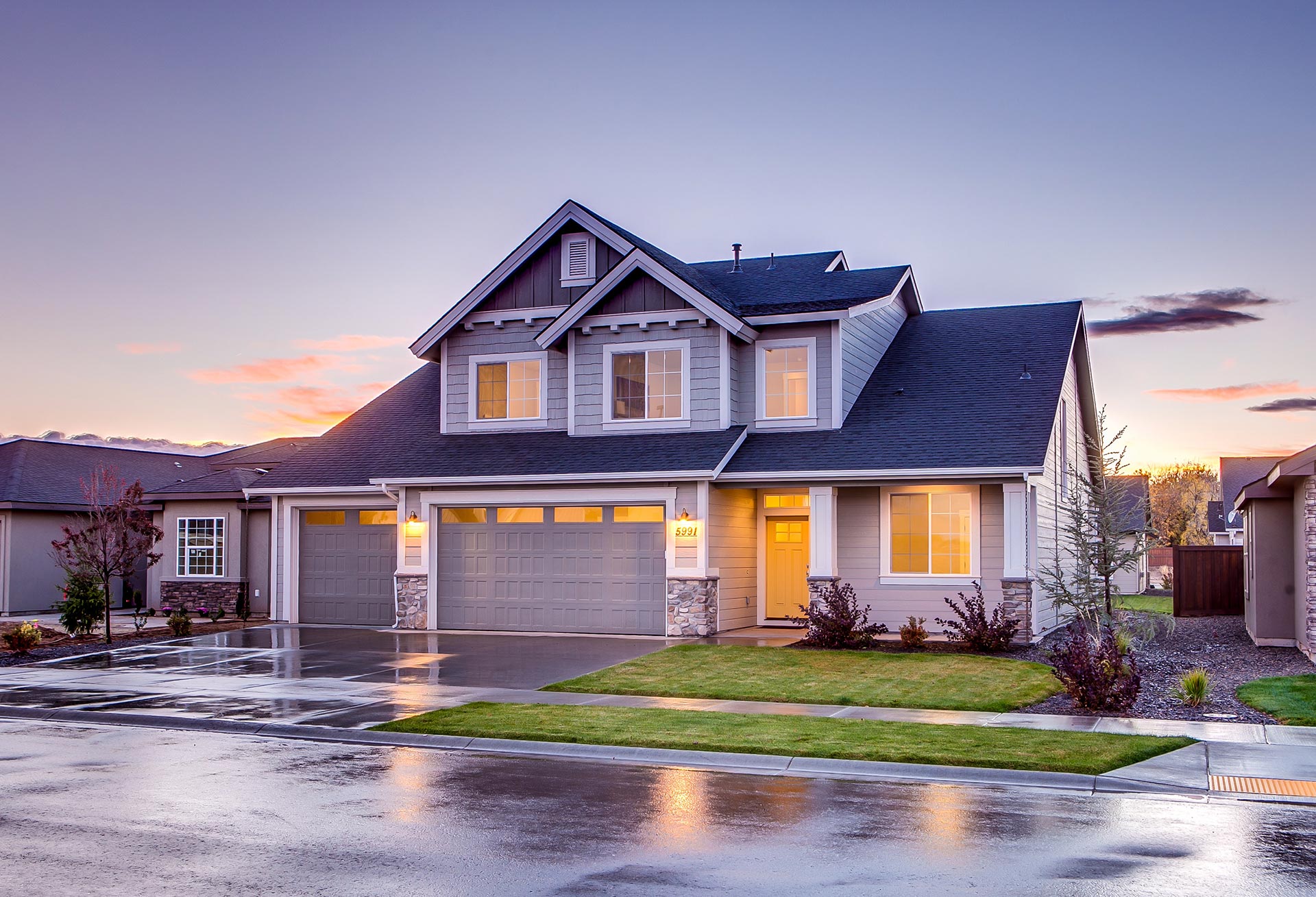Investing in Foreclosure Properties–How To Do It
What Are Owner-occupied Hard Money Loans in Arizona?
October 12, 2020How to Get into Trust Deed Investment Arizona the Smart Way
October 14, 2020Investing in Foreclosure Properties–How To Do It
How To Invest in Foreclosures
 You’ve seen the TV programs where attractive young couples buy foreclosed homes, renovate them, and flip them for huge profits. They make it look easy.
You’ve seen the TV programs where attractive young couples buy foreclosed homes, renovate them, and flip them for huge profits. They make it look easy.
While of course, the process of purchasing, renovating, and flipping foreclosed properties is a bit more complicated than it appears on TV, it is doable and you can make a profit from it. Here’s what you need to know before spending one dime on a foreclosed property.
Drive-By the Property
When the sales list comes out, peruse the list, and identify potential properties for purchase. You’ll want to visit them prior to the sale. Of course, you will want to get an idea of the condition of the property, but you also want to inspect the neighborhood.
First, research the property online. You will be able to determine how old it is, how many bedrooms and bathrooms it has, how many owners it had, how long the previous owner had it, what the property taxes are, and in many cases, whether permits were pulled to perform any renovations and what they were.
If the property is vacant you want to get as close as you can, without trespassing, to determine as best you can what condition the property is in. It is typical for foreclosed homes to show some degree of deferred maintenance because if the previous owner did not have the funds to pay the mortgage chances are they did not have the funds to make repairs or updates.
Look at the roof, the siding, the foundation, and the state of the yard. The exterior will likely give you an idea of what to expect in the interior. Expect to update all surfaces and renovate the kitchen and baths. Of the flooring, the roof, and the foundation, expect there will some work to do and budget for this contingency.
Determine Your Maximum Purchase Price – and Stick to It!
After you’ve visited the property and determined you can handle a renovation, you must determine your maximum bid. Your maximum bid should not be based upon what you can afford, but should be based on several objective factors, including the sale price of comparables on the market, what a potential buyer would expect in the property, what renovations bringing the property up to meet those expectations will cost you and how much value those renovations will add to the property.
Bear in mind that most sheriff’s or trustee’s sales are all-cash transactions.
Know Your Buyer
Here’s where your visit to the neighborhood pays off. Who will buy your renovated property? An established professional who commutes? A married couple with kids? A young first-time homebuyer? This will determine the type of renovations you do and the style in which you do them.
You will likely need to update most surfaces, including flooring, paint, and countertops. If the home is older, the kitchen and bathrooms may need updating. Who your prospective buyer is will determine the style.
Determine How to Add Value to the Property
 Besides updating surfaces, you may need to make more significant changes to the property. For example, if the property is located in a neighborhood of homes with three bedrooms and two baths and the property you are considering only has one bath, you’d better believe you are going to need to add a bath. If homes with an open floor plan are selling in that neighborhood and the property you are considering is a warren of small rooms, you should consider taking down some interior walls.
Besides updating surfaces, you may need to make more significant changes to the property. For example, if the property is located in a neighborhood of homes with three bedrooms and two baths and the property you are considering only has one bath, you’d better believe you are going to need to add a bath. If homes with an open floor plan are selling in that neighborhood and the property you are considering is a warren of small rooms, you should consider taking down some interior walls.
When you drove by, you should have been able to see serious foundation issues or if the roof needs to be replaced, and whether you will need to improve the landscaping. Also, if you are considering purchasing an older home, you must be prepared to update the electric and remediate lead paint and asbestos.
Set aside at least 10% of your renovation budget for unexpected costs.
Research Comparables
You’ve seen the neighborhood, figured out who your buyer is, and determined what the home needs as far as you can. Now is the time to research properties that have recently sold that are comparable to your vision of your renovated property.
Once you have your recent comps, set a range of expected sale prices as the market will fluctuate in the time you take to renovate.
Set a Budget
Your budget should include the anticipated cost of renovations plus a 10% cushion and carrying costs. Your budget plus the purchase price of the property should be well below your ultimate sale price range. If it is not, you should pass on this property.
Be Prepared to Rent if the Property Does Not Sell
Not every property sells right away, and you have to be prepared in case yours does not. When researching comparable properties, also research what comparable rental properties rent for. This should factor into your decision whether to purchase because if you can’t rent for the number of your carrying costs, you will be in the red as long as you own the property.
Be conservative in your spending and realistic in your sale price, and you should do well. Good luck!
 About the Author
About the Author
Veronica Baxter is a legal assistant and blogger living and working in the great city of Philadelphia. She frequently works with David Offen, Esq., a busy Philadelphia bankruptcy attorney.

